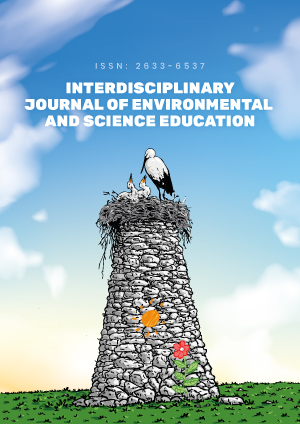Abstract
The subject of stereochemistry in considered a difficult concept in organic chemistry because of its dependence on spatial ability. The challenges that students face in learning about stereochemistry can lead to poor performance and alternative conceptions, which in turn might hinder their progresses in various science and engineering academic careers. Development of successful conceptual understanding to solve stereochemistry related problems requires that students have a thorough understanding of the various types of spatial abilities in stereochemistry such as mental rotation and visualization of three-dimensional chemical molecules. This research project of the City College of New York (a minority serving, public, urban, and commuter institution) investigates some of the challenges that students face and approaches that students rely on to solve stereochemistry related problems and the role of spatial ability in the learning process. Likert-type surveys, spatial ability tests, and various open-ended questions were used to assess the understandings of 86 participants. The data indicated that one of barriers to learning about stereochemistry is the students’ inabilities to mentally rotate and visualize three-dimensional molecular structures by looking at their chemical formulae, assigning priority functional groups, determining configurations, and remembering the various rules that are necessary for solving stereochemistry related questions. Spatial ability was found to be one of the factors for success in stereochemistry, and majority of the students believe that with practice and the use of three-dimensional molecular modeling kits, they can improve their spatial abilities in stereochemistry.
License
This is an open access article distributed under the Creative Commons Attribution License which permits unrestricted use, distribution, and reproduction in any medium, provided the original work is properly cited.
Article Type: Research Article
INTERDISCIP J ENV SCI ED, Volume 18, Issue 4, 2022, Article No: e2288
https://doi.org/10.21601/ijese/12099
Publication date: 18 May 2022
Article Views: 4933
Article Downloads: 3496
Open Access References How to cite this article
 Full Text (PDF)
Full Text (PDF)